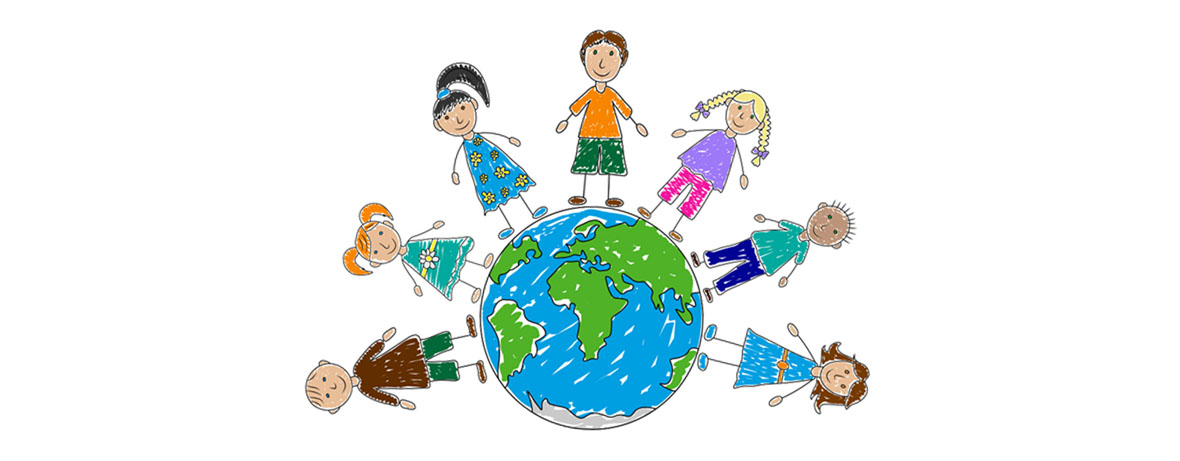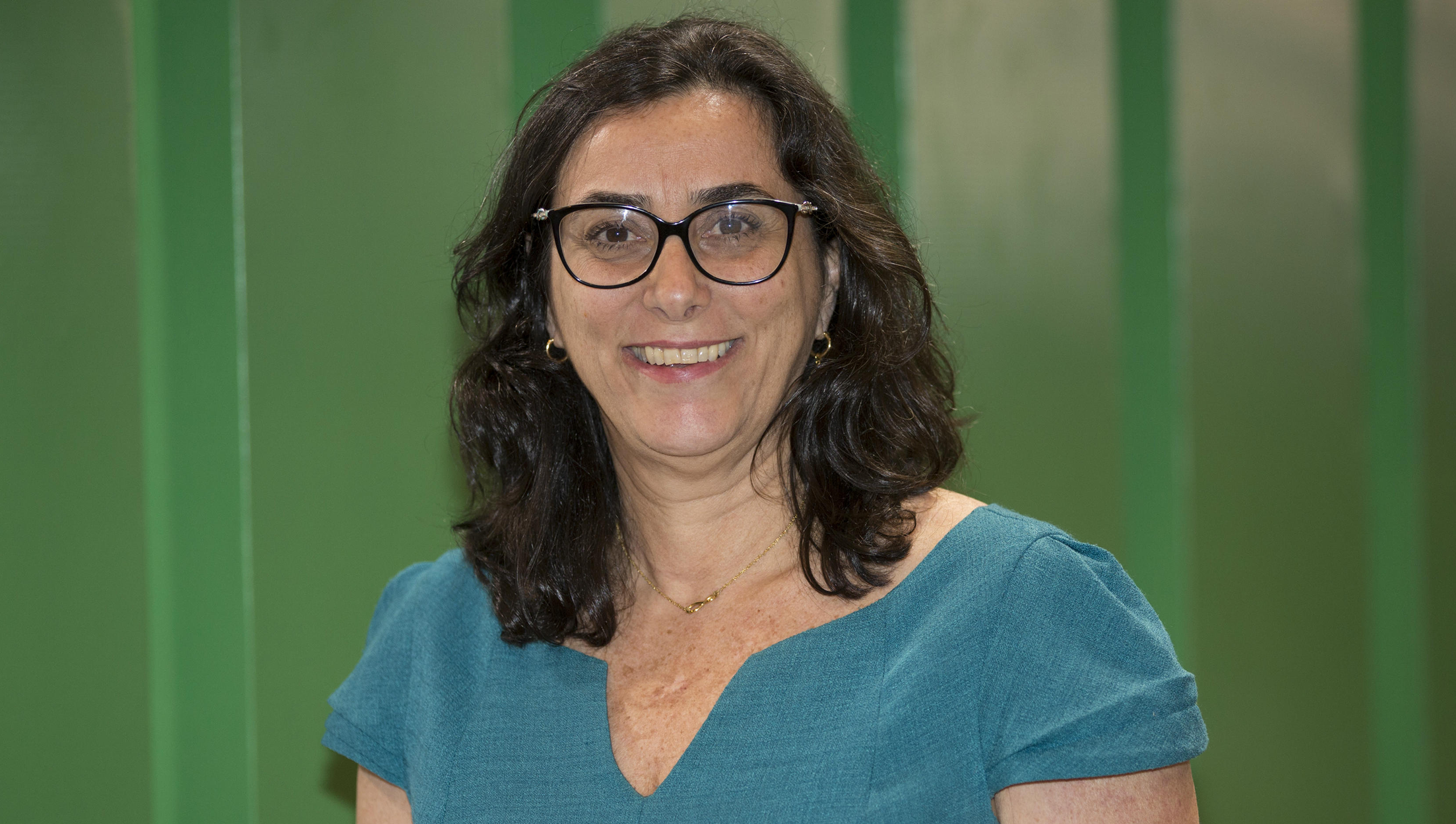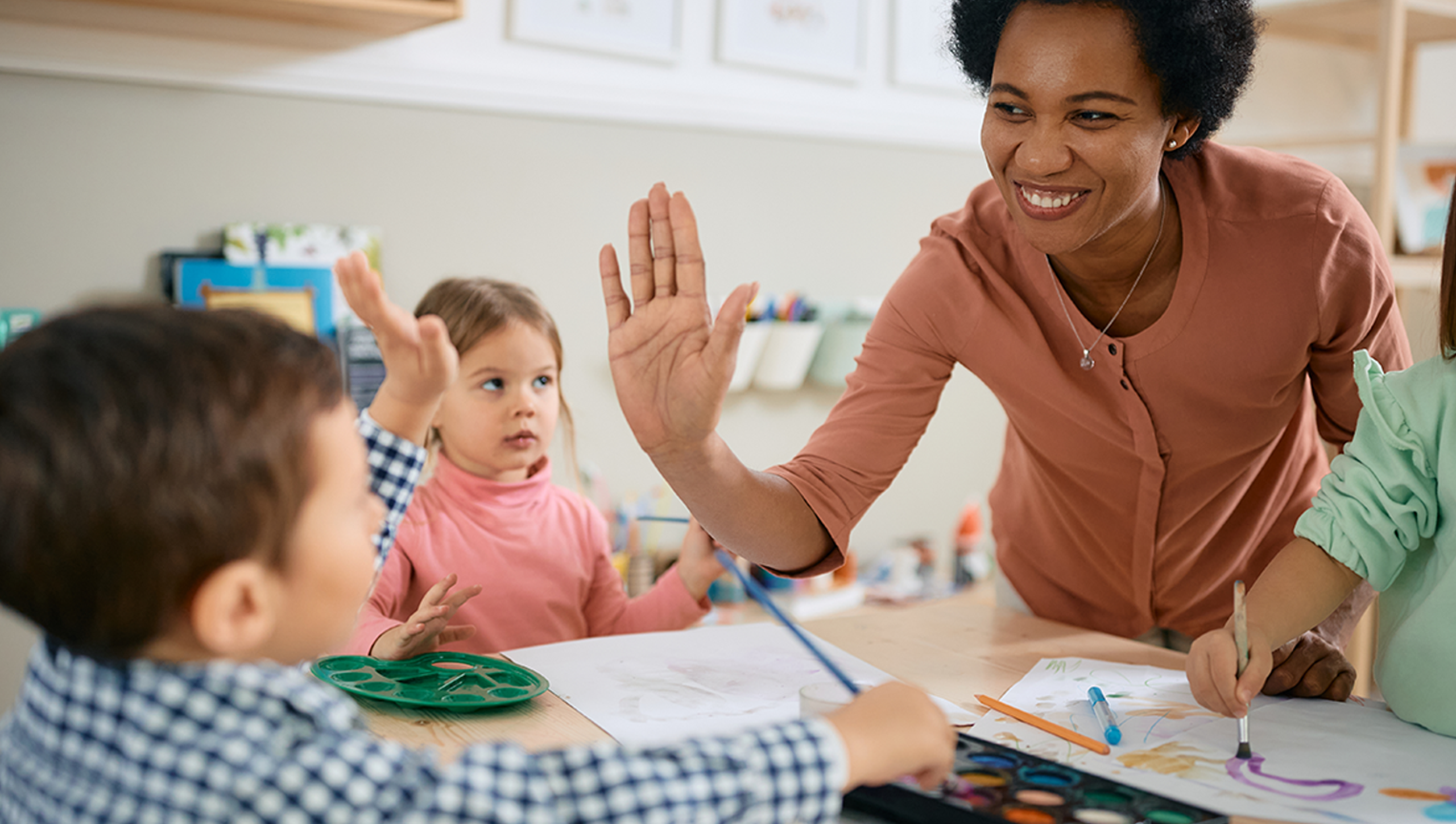Reports given to Giselle Soares
National Science Network for Education (Rede CpE)
“When cell phones arrived in schools, students started to spend the whole time with their heads down and their cell phones in their hands, as if they were zombies.”
“With the publication of the law that guides the use of cell phones in the classroom and school spaces, it is no longer the school, or the teacher who is giving them a hard time.”
“One point that the adults at the school decided in a meeting was that we would be examples. In other words, we extended the ban to ourselves as well.”
“The tablet is one of the items on the list of materials. This use, however, has always been based on principles of conscious use.”
“During the school period, the decision was made to turn off the device, and each student must put their device inside their backpack. If the device is used outside of the allowed hours, an incident is recorded, and parents are informed.”
“All these actions have allowed a growing number of groups of students to interact inside and outside the classroom, and this seems to be extending beyond the school walls.”
Relatos concedidos a Giselle Soares
Rede Nacional de Ciência para Educação (Rede CpE)
How the law prohibiting the use of cell phones affects students and teachers in schools
FHOTO: FABIO RODRIGUES-POZZEBOM/AGÊNCIA BRASIL
Law 15.100/2025 came into effect in January, prohibiting the use of cell phones during classes, recess and breaks in schools. The measure came after intense debate about how the excessive use of these devices, including in the school environment, affects the mental, physical and psychological health of children and adolescents.
“When cell phones arrived in schools, students started to spend the whole time with their heads down and their cell phones in their hands, as if they were zombies.”
YVIRÁ spoke with two educators to understand how the law has been applied and its impact in practice in schools. They comment on the challenges in acceptance among students and parents and the efforts of educators in this new context. Teachers, say the interviewees, can also be an example in reducing the use of screens.
“With the publication of the law that guides the use of cell phones in the classroom and school spaces, it is no longer the school, or the teacher who is giving them a hard time.”
Jaqueline Richter
Special Education Teacher in the municipal school system of Venâncio Aires – Rio Grande do Sul
“Recess was a time to play, talk to friends, run around, but when cell phones arrived in schools, students started to spend the whole time with their heads down and their cell phones in their hands, as if they were zombies. Cell phones began to abduct them during classes too. And the teachers, who are paid to teach, were frustrated trying to come up with strategies, actions, and sending notes, but few changes were noticed.
With the publication of the law that guides the use of cell phones in the classroom and school spaces, it is no longer the school, or the teacher who is giving them a hard time. I admit that I was anxious, but the parents were very realistic in stating that cell phones harm their children’s attention. There were no positions against restricting their use or even asking students not to bring their devices to school. Some students do take them, but they are leaving the device in their backpacks. I did not notice any resistance from them regarding the prohibition of their use.
“One point that the adults at the school decided in a meeting was that we would be examples. In other words, we extended the ban to ourselves as well.”
Of course, when they leave the school gates, they already have the equipment in their hands and look like the usual zombies. But at school, they are no longer using it. One point that the adults at the school decided in a meeting was that we would be examples. In other words, we extended the ban to ourselves as well. If an example teaches, we are focused on reducing dependence on screen use too.
The changes have been very positive so far. Recess has sound, life, games and conversations again. I saw a group of teenagers playing hide-and-seek. I was amazed; it seemed like life was flowing through their bodies again. I hope that parents will also reduce their use of screens. The brain-sucking cell phone is part of our lives, but it doesn’t have to be our lives.”
“The tablet is one of the items on the list of materials. This use, however, has always been based on principles of conscious use.”
Alexandre Tadeu Faé Rosa
English Teacher at a Private School, São Paulo – SP
“I work at a private school in the city of São Paulo that has always encouraged the use of technology for educational purposes. In fact, the tablet is one of the items on the list of materials. This use, however, has always been based on principles of conscious use.
“During the school period, the decision was made to turn off the device, and each student must put their device inside their backpack. If the device is used outside of the allowed hours, an incident is recorded, and parents are informed.”
With the implementation of the law, the decision was made to continue conscious use, and cell phones can only be used between 12:30 p.m. (end of the morning period) and 1:00 p.m. (beginning of the afternoon period) and after 6:30 p.m. (end of the afternoon period) to communicate with parents who come to pick up their students. In addition, during the school period, the decision was made to turn off the device, and each student must put their device inside their backpack. If the device is used outside of the allowed hours, an incident is recorded, and parents are informed. The tablet, in turn, can only be used for educational purposes.
The school has also offered activities during breaks to facilitate interaction between students. These are games and activities that put students in a healthy social environment. It was interesting to note that, since the beginning of classes, the students themselves have been helping those with more difficulties, creating an environment of friendship and interaction.
“All these actions have allowed a growing number of groups of students to interact inside and outside the classroom, and this seems to be extending beyond the school walls.”
It is undeniable that the students are more attentive in class and more capable of producing the content taught. However, this is pure observation, and I believe that studies on this will soon be conducted. Another observation is that all these actions, planned or not, have allowed a growing number of groups of students to interact inside and outside the classroom, and this seems to be extending beyond the school walls. It is not uncommon for students who were once seen alone to now be more socially integrated.
Of course, not everything is rosy. There are teams of teachers, counselors and educational technologists working hard to guide and help students who are more resistant or have difficulty staying away from their devices. It is our role to think of healthy and responsible ways to deal with the technologies that are coming and, in this way, avoid suffering for students, parents and educators themselves.






